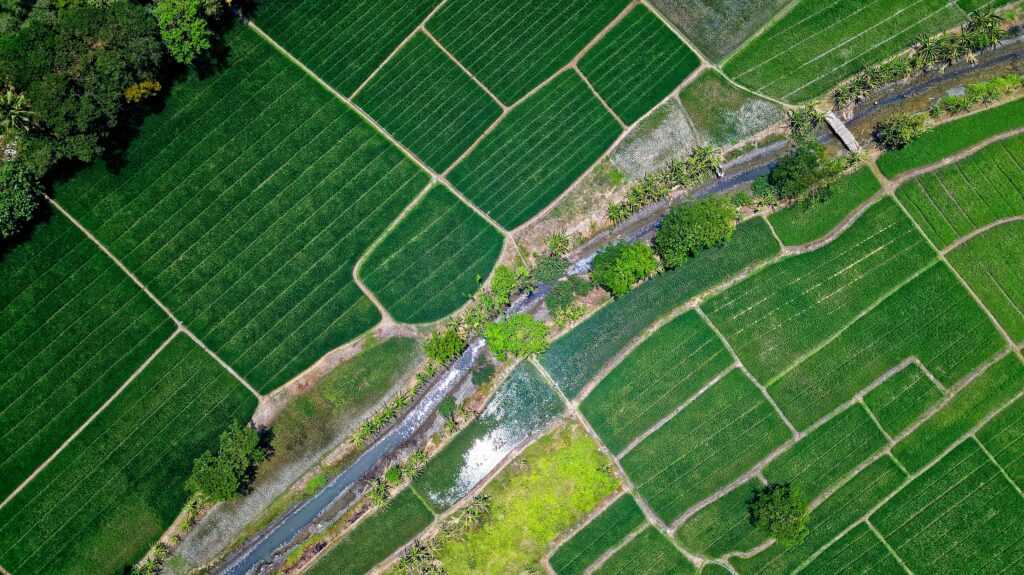Start With a Clear Purpose
Before you get into the what or how of your project, you need to answer one key question: why does this matter? Funders aren’t just backing an idea they’re backing a cause with real world impact. Be honest. Be focused. What’s the mission behind your request?
Skip the buzzwords. Are you solving a problem for local growers dealing with drought? Creating access to healthy food in an underserved area? Building infrastructure that helps small farms scale sustainably? Good. Spell it out. That’s your anchor.
Then go one step further: show what success actually looks like. Don’t just say “increase crop yield” say how many acres, what kind of crops, how it helps your community. They’re not funding dreams. They’re funding outcomes. Be real, be specific, and lead with purpose.
Know Your Audience
Before you type a word, know who’s on the other end. Grant reviewers aren’t just scanning for qualifications they’re evaluating fit. Are you aligned with their mission? Are you speaking their language? If you’re applying to a federal sustainability grant, don’t bury your climate impact. If it’s a local foundation focused on food security, make that your lead angle. Tailoring your message isn’t selling out it’s strategy.
Pull past examples, too. Most funders publicly list previous winners. Look for patterns. What kind of language do they use? What types of outcomes get funded? Don’t copy, but don’t ignore the signals either. Grant writing isn’t about guessing it’s about alignment. Your odds go up when your proposal sounds like it already belongs in the winner’s pile.
Focus on Impact
Your project isn’t just a good idea it should be a solution that serves real people. Start local: How will your project support farmers, food producers, or underserved ag communities in the region? Maybe it’s increasing access to precision tools, starting educational programs, or restoring soil health on idle land.
Now get specific. What outcomes can you measure? Are you boosting crop yields by 15% over three seasons? Cutting irrigation costs by a third within 12 months? Sharing updates quarterly and tying data to milestones builds trust with funders and shows you’re dialed in.
Sustainability isn’t optional anymore. Show how your results last beyond the grant cycle. Whether that’s training others, improving land resilience, or reducing chemical inputs, long term value should be baked into your plan. Think in years, not just seasons.
Bottom line: funders want results that ripple. Show them how your work makes the food system stronger, smarter, and more sustainable for everyone, not just your operation.
Build a Realistic Budget
A strong agriculture grant proposal needs a no nonsense budget. Reviewers want to know where every dollar goes and why it matters. Start by tying each expense directly to the goals of your project.
Here are common major expenses and how to justify them:
Equipment Purchase ($15,000 $30,000): If your project relies on new tools a no till planter, greenhouse ventilation system, or soil testing kit spell out how each one supports productivity, efficiency, or sustainability. Don’t list tools just because they’re expensive. Connect them to your proposed outcomes.
Labor Costs ($10,000 $25,000): Whether it’s seasonal help or a project manager, budget for labor that directly supports project execution. Be clear on roles, hours, and timelines. Avoid vague “staff support” entries.
Materials and Inputs ($5,000 $15,000): This includes seeds, compost, fencing, cover crop mixes whatever is needed to execute your plan. List them with units and prices. Unexplained bulk costs won’t cut it.
Infrastructure Improvements ($8,000 $50,000): If you’re constructing a hoop house or implementing irrigation upgrades, break down the specific improvements, their necessity, and the long term value. Provide estimates, not wild guesses.
Marketing and Outreach ($2,000 $8,000): If your grant includes public education or community collaboration, explain the costs tied to signage, printed materials, or event logistics. Be realistic.
Training and Education ($1,000 $5,000): If you’re investing in technical assistance or workshops, tie each expense to skills necessary for successful implementation. Justify the cost per session or per participant.
Avoid fluff. Round numbers are okay but pad them, and reviewers will notice. Show that you’ve researched prices and thought through contingencies. A clear, justified budget shows you’re ready to make the most of the funding.
Tell a Story, But Keep It Tight

A compelling grant proposal doesn’t just present facts it tells a story. The best applications connect numbers and objectives to real people, places, and problems.
Bring Your Proposal to Life
Start by grounding your proposal in a genuine personal or community based story. Whether it’s the journey of your family farm, a need you’ve seen in your rural community, or the innovation your project brings to underserved areas use this narrative to grab attention and communicate relevance.
Highlight who’s impacted and why it matters
Use real world examples that demonstrate need or opportunity
Keep the story connected to your project’s purpose
Balance Heart with Hard Data
While a narrative makes your proposal memorable, remember you’re still speaking to professionals. Funders want to see results and planning, not just passion.
Pair your story with clear statistics or research
Back your claims with data and project timelines
Maintain a professional tone, even when sharing personal insights
Keep It Brief, Always Relevant
Strong proposals respect the reader’s time. Avoid long tangents or emotional appeals that don’t directly support your funding goals.
Stick to details that strengthen your case
Aim for clarity over cleverness
Edit fiercely less is more
A well told story, when paired with meaningful impact and smart strategy, can turn a good proposal into a great one.
Edit Like It’s a Résumé
If your grant proposal looks sloppy, it’ll read sloppy no matter how solid the idea is. Start with clean formatting. Use consistent fonts, headings, and spacing. Break up blocks of text with bullet points or short paragraphs so decision makers can scan fast. Reviewers go through dozens, if not hundreds, of proposals. Make yours painless to read.
Grammar and spelling? Non negotiable. A single typo won’t kill your chances, but several start to chip away at your credibility. Run it through a spell checker, then read it out loud. Better yet, have someone else read it too.
Last thing: trim the fat. If a sentence doesn’t explain, justify, or persuade, it doesn’t belong. The goal isn’t to hit a word count. It’s to keep every word pulling weight.
Use Trusted Resources
When it comes to writing a grant proposal that stands out, there’s no need to reinvent the wheel. Experienced grant applicants have already walked the path and their strategies work. Use them. Look at how they structured their proposals, how they framed their project goals, and how they handled budget justification. You’ll notice patterns: clarity, precision, and purpose.
If you’re unsure where to start, don’t wing it. Start with step by step guides from real pros. These break things down into manageable chunks: defining your purpose, drafting clear outcomes, writing a solid budget, and avoiding fluff. Good resources don’t just tell you what to do they show you how to do it in a way that funders want to see.
Begin learning here: grant writing tips.
Final Check: Are You Grant Ready?
Before you hit submit, get a second set of eyes preferably someone who hasn’t been part of the writing process. Fresh reviewers catch gaps, jargon, and missing logic you’ve gone blind to. Whether it’s a colleague, mentor, or someone outside the ag space, their feedback can make or break clarity.
Next, triple check eligibility. Grant reviewers won’t bend rules if you miss criteria wrong location, incorrect income level, or missing attachments. Don’t assume you qualify just because your project feels like a fit. Read every line of the fine print.
Last, don’t cut deadlines close. Tech hiccups and email delays happen. Submit early, confirm receipt, and keep a backup. Once it’s out of your hands, you want to be confident it got where it needed to go complete and on time.
Keep Improving
Whether your proposal was funded or not, the work doesn’t stop when you hit submit. Ask for feedback. Some grant providers are open to giving notes or general insights take them. Even a short conversation can point out blind spots you missed.
Next, write down what you learned. What parts took too long? Where did you feel strong? What tripped you up? Save those reflections. They’ll be gold next time around.
And that’s the mindset shift: treat your first proposal as version one. Successful applicants usually don’t win on their first attempt. They improve with each cycle. So adjust, rewrite, aim sharper, and try again. It’s not just about farming it’s about persistence.
For a detailed walk through from experts in the field, check out these grant writing tips.



